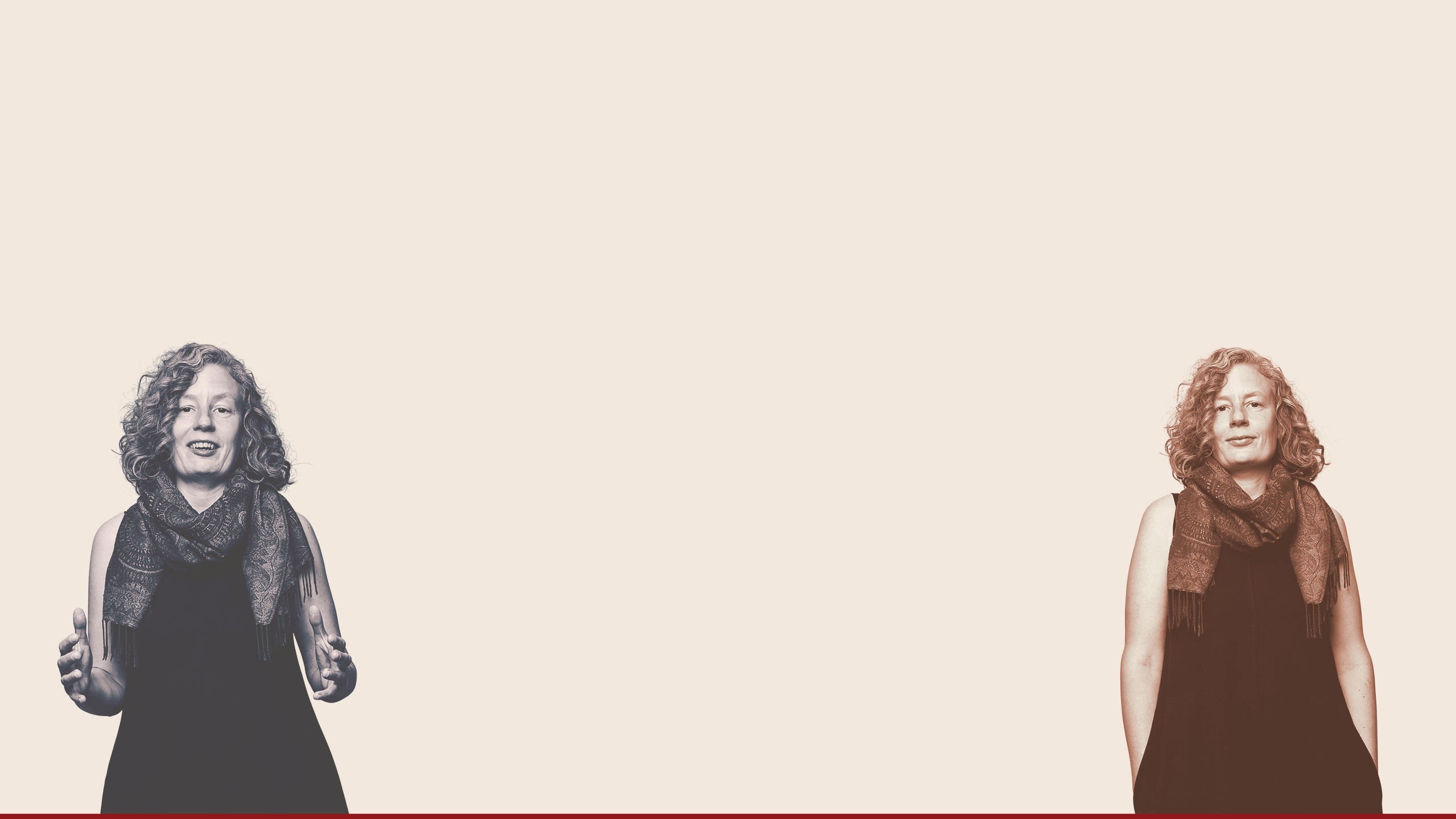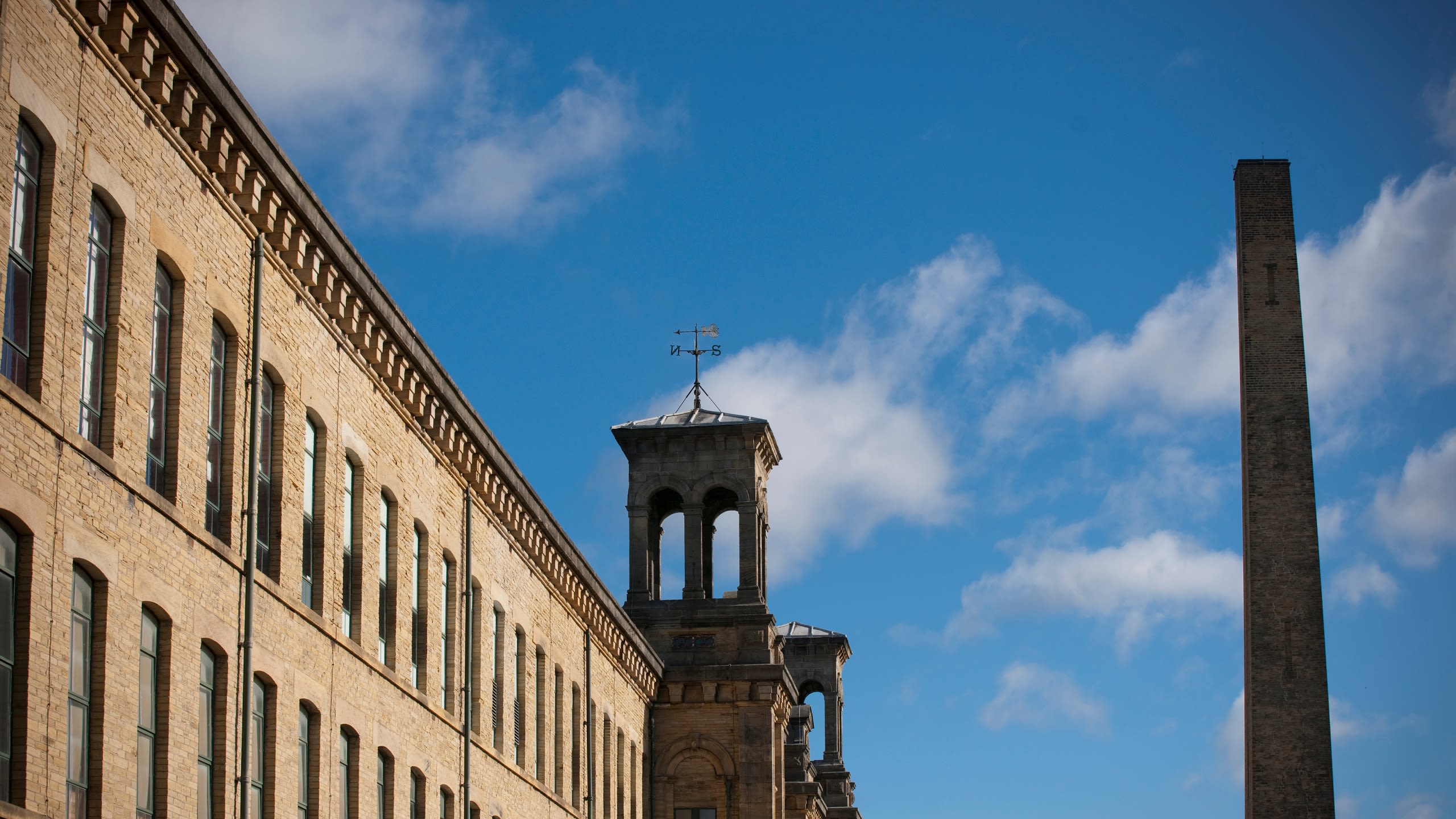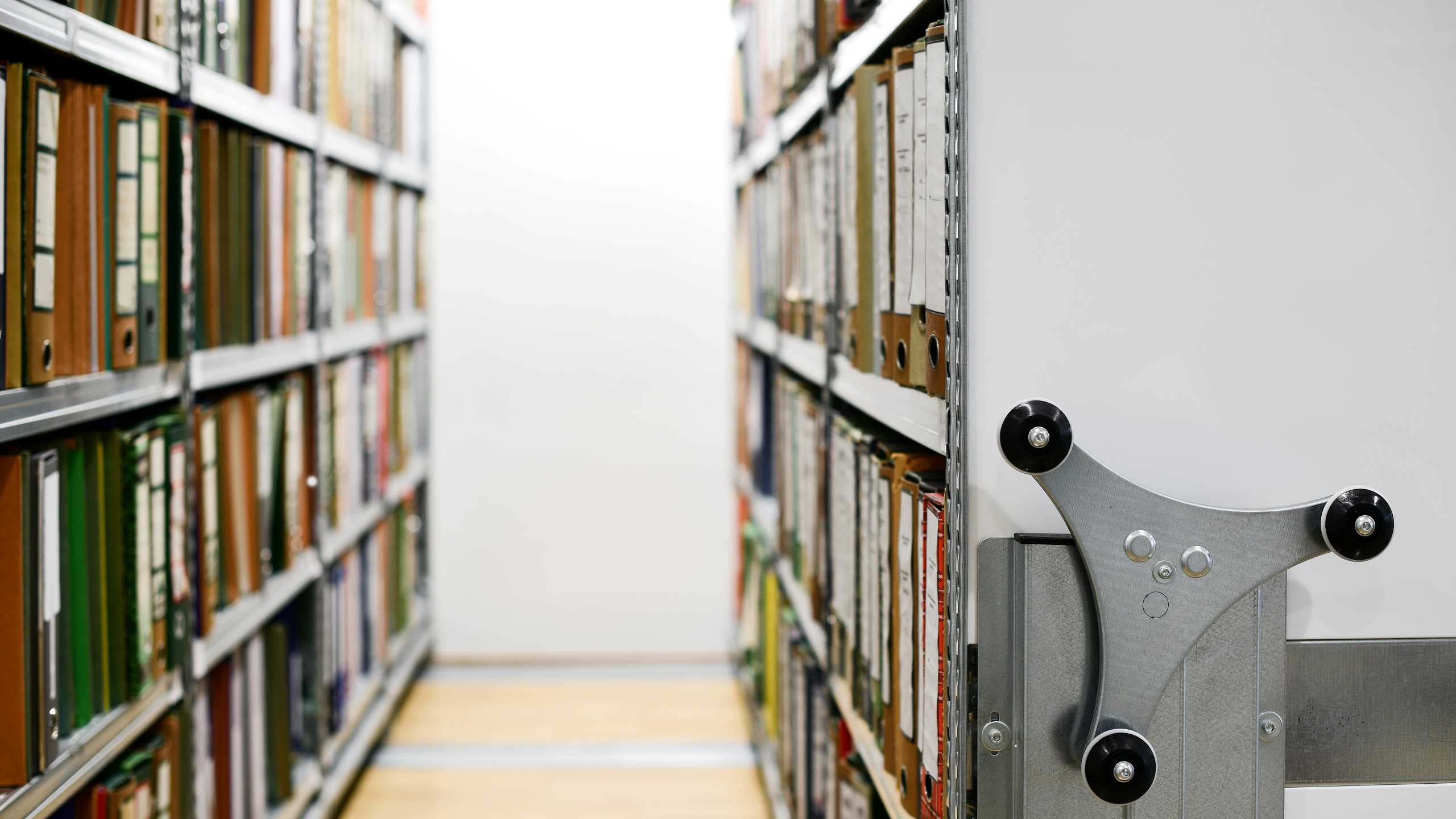Stories of our past: powering a social machine

When you think about heritage, what do you imagine? Artefacts behind polished glass? Files locked away in archives?
Or could you imagine heritage as a web of information, with stories and objects weaving together and evolving in ways that reflect our lives?
Associate Professor Helen Graham is exploring the possibilities that open up if we move away from the traditional institutions that preserve and share heritage – away from rigid catalogues and items that sit in museums.
She is part of a digital project changing the way we interact with our past.
Creating a national digital collection
Since November 2021, Helen has been working on a research project called Congruence Engine. It’s one of five projects within an initiative funded by UK Research and Innovation called Towards a National Collection. It aims to use digital technology to link the UK’s museums, libraries, galleries and archives.
Congruence Engine focuses on heritage in textiles, energy and communication – industries that have had a huge impact on Yorkshire history in a way that reverberates through generations to the present day.
For example, the textile industry is closely connected with the legacies of empire, the energy sector is linked to climate change and, in communications, new media has been – and still is – at the forefront of cultural and social revolutions.
New narratives powered by digital technology

The Congruence Engine is about exploring how to connect diverse material from museum and archive collections.
This has led to the idea of developing an expansive digital collection powered by machine-readable data. (In other words, formatted in a way that computers can easily process.)
This means collections and archives can be connected in ways that aren’t possible through traditional institutions, breaking down barriers to access and allowing people to make new and unexpected connections or delve deeper into specific interests.
Helen explains:
With the textile industry, for example, something that’s enabled lots of connections between items is a list of mill workers’ occupations during the 19th century.
Once that list is machine-readable, you can see where the occupations are mentioned in the census, letters, newspaper articles and so on.
As some of her fellow researchers - Stefania Zardini Lacedelli, Paul Craddock, Tim Smith and Simon Popple (also from the University of Leeds) – explain in a blog piece about oral histories:
We were interested in experimenting to see if a personal story could function as a ‘narrative thread’ to navigate through different sources and archives.
“An oral history interview of a mill worker can provide extremely detailed, humanised perspectives on the job and the life in the mill...by mentioning people, machines, techniques, places, and events that can enable further connections.”
It takes a huge amount of work to make all the information machine-readable (photos of objects can be digital but not machine-readable, for example), but the ambition is to create pathways for lots of different people to be involved in making and shaping the national collection.
“If you have a letter your grandad wrote during the Second World War, for example, you could transcribe it and feed that in,” Helen says.
“There's scope for lots of different people to contribute. There’s enormous amounts of detailed work involved in making different items able to speak to each other.”
Public involvement will also mean the collection is able to reflect the diverse voices, lives and communities of the people using it.
We are the Congruence Engine

Working with Arran Rees, a colleague from the School of Fine Art, History of Art and Cultural Studies, Helen is helping the project team use action research.
She explains, “Action research is really about learning through doing. It’s commonly used when you’re working in a collaborative way with people who don’t do research professionally.
“It’s often about exploring things that are important within people’s lives and then finding experimental actions to understand those things and bring about change. And crucially, it doesn't treat knowledge and change as two separate processes.”
Action research is ideal for a complex interdisciplinary project like Congruence Engine which has a wide range of partners including curators, technology specialists and community groups. It helps make sure everyone is involved and having the right conversations.
As the team embarks on the project’s second year, Helen is excited about the opportunities it presents to nourish culture and heritage across, between and outside of institutional walls.
She says,
We’re going to be investigating how the national collection can be a ‘social machine’ – not a fixed resource but something that’s constantly being created by the activity people contribute towards it.
Leeds alum Tim Boon is the project’s Principal Investigator and Head of Research and Public History for the Science Museum group. When he describes how crucial people are to the project, he goes one step further:
We are not building a congruence engine, we – the project participants – are the congruence engine.
About Helen
Helen became interested in heritage during her PhD research into the women’s liberation movement of the 1970s and 80s. After this, she worked in museums in community engagement roles for six years, trying to involve the public in participatory ways.
While working on a collaboration between Newcastle University and Tyne and Wear Archives and Museums, she realised she could combine research and her love of working with people, and this encouraged her back into academia.
Since being at the University of Leeds, Helen has collaborated on a variety of research projects exploring questions of participation. Most recently, she collaborated with museum staff, researchers and local people on Bradford’s National Museum, using flourishing community development approaches.
About the project
Partners
National Museum Wales, National Museums Northern Ireland, Birmingham Museums Trust, The National Archives, National Trust, the V&A, BBC History, BT Heritage & Archives, Grace's Guide to Industrial History, Isis Bibliography of the History of Science, Society for the History of Technology, Saltaire World Heritage Education Association, Whipple Museum of the History of Science (Tools of Knowledge Project), Wikimedia UK and Manchester Digital Laboratory (MadLab).
Co-Investigators
Co-Investigators include researchers at: Science Museum Group, The British Film Institute, Historic England, National Museums Scotland, Tyne and Wear Museums and Bradford Museums, and the Universities of Leeds, London and Liverpool, and UCL.
Funding
The Congruence Engine is funded by the Arts and Humanities Research Council’s Towards a National Collection: Opening UK Heritage to the World fund.